Watch: CCTV and audio shown to court in mushroom trial
Australian woman Erin Patterson has been found guilty by a jury of murdering three relatives with a beef Wellington meal that had toxic mushrooms in it.
The 50-year-old from the small Victorian town of Morwell has also been found guilty of the attempted murder of a fourth person - the sole survivor of that fatal meal on 29 July 2023.
The mushroom trial that gripped the country, and much of the world, heard evidence suggesting Patterson hunted down death cap mushrooms from nearby towns, before attempting to conceal her crimes by disposing of evidence and lying to authorities.
Three people died in hospital in the days after the meal: Patterson's former in-laws, Don Patterson, 70, and Gail Patterson, 70, as well as Gail's sister, Heather Wilkinson, 66.
Local pastor Ian Wilkinson – Heather's husband – recovered after weeks of treatment in hospital.
Her estranged husband Simon Patterson was also invited but cancelled the day before, saying he felt "uncomfortable" attending amid tension between the former couple.
Following the guilty verdict, the Supreme Court of Victoria has released some 100 images shown to the jury as evidence during the trial.
Beef Wellington

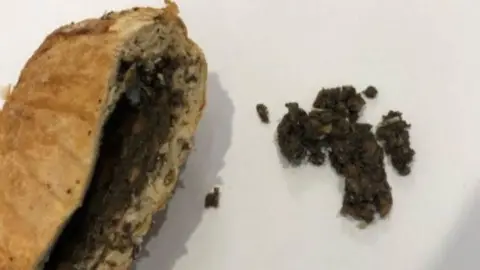 Supreme Court of Victoria
Supreme Court of Victoria
Photos showing leftovers from the beef Wellington meal were released by the Supreme Court of Victoria after the verdict
Some of the released photos are of the beef Wellington leftovers, which were collected from Patterson's home.
The leftovers were collected in specimen bags to prevent contamination, before being taken for examination.

 Supreme Court of Victoria
Supreme Court of Victoria
The leftovers, which police found in her bin, were tested for traces of death cap mushrooms.
Death cap mushrooms
Death cap mushrooms are considered to perhaps be the deadliest of all mushrooms to humans, according to Britannica. The fungus is responsible for most cases of mushroom poisoning worldwide, of which some are fatal, the encyclopaedia has said.
The cap ranges in colour from greenish yellow to brown, tan, or rarely white, and measures about 4-16cm (about 1.5-6in) in diameter.
Patterson claimed she purchased some of the mushrooms dried from an Asian grocery in Melbourne, but couldn't remember which suburb. When she was questioned about the brand, and asked for transaction records, she said the mushrooms were in plain packaging and added that she must have paid in cash.
However, detectives had discovered death cap mushrooms had been seen in two towns close to Morwell, where Patterson lived, before the meal. Concerned locals had been posting images and locations of the mushrooms on the online plant database iNaturalist.

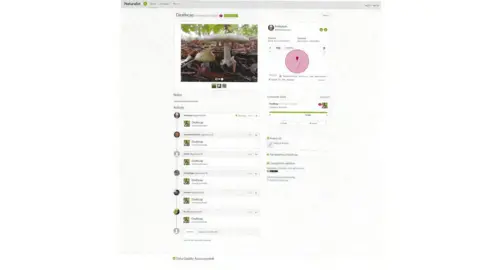 Supreme Court of Victoria
Supreme Court of Victoria
Erin Patterson's search history showed that she had used the iNaturalist website to view death cap mushroom sightings at least once before.
Her mobile phone location data appeared to show her travelling to both places and buying a food dehydrator on the way home.
Forensic experts were also able to recover images on her mobile showing what looked like death cap mushrooms on weighing scales.

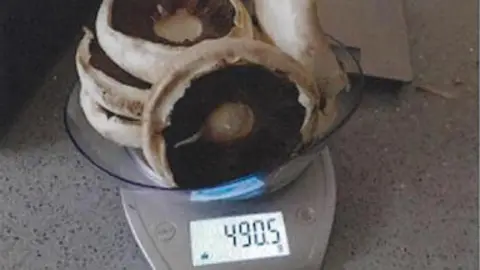 Supreme Court of Victoria
Supreme Court of Victoria
Even a small piece of a death cap mushroom can be deadly and its toxins cannot be destroyed by cooking, freezing, or drying.

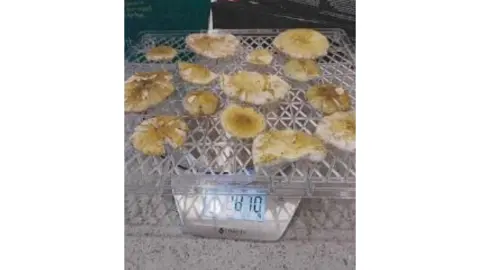 Supreme Court of Victoria
Supreme Court of Victoria
The dehydrator
Traces of poisonous mushrooms were found in a food dehydrator that Erin Patterson disposed of in a local dump the day after she was discharged from hospital.
Patterson told police she'd never owned such an appliance, despite an instruction manual being found in her kitchen drawer and posts in a true crime Facebook group where she boasted about using it.

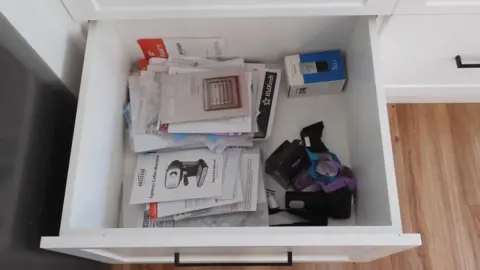 Supreme Court of Victoria
Supreme Court of Victoria
At the top of the pile on the top-left of this drawer is what appears to be the dehydrator manual
Among the exhibits released by the judge, are stills of Patterson dumping a food dehydrator at her local tip days after the beef Wellington lunch.
As a reminder, she took herself to the hospital two days after the lunch, saying she felt ill. She initially refused pleas from staff for her and her children, who she claimed had eaten the leftovers, to be admitted for treatment. None of their tests showed traces of death cap mushroom poisoning.

 Supreme Court of Victoria
Supreme Court of Victoria
CCTV shows Patterson holding the dehydrator as she walks to a local dump
Patterson took the dehydrator to an E-waste site.

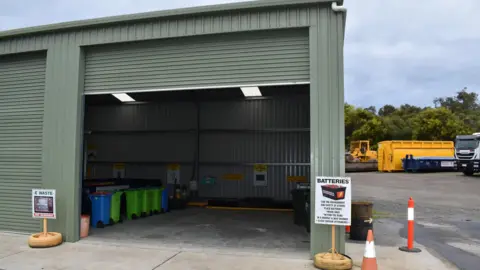 Supreme Court of Victoria
Supreme Court of Victoria
The dehydrator was recovered by the police and forensic examination of the appliance found her fingertips and traces of the death cap mushrooms.

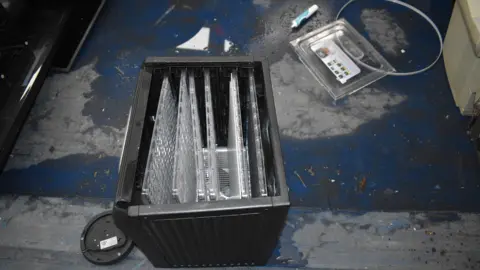 Supreme Court of Victoria
Supreme Court of Victoria
.png)
 5 months ago
22
5 months ago
22






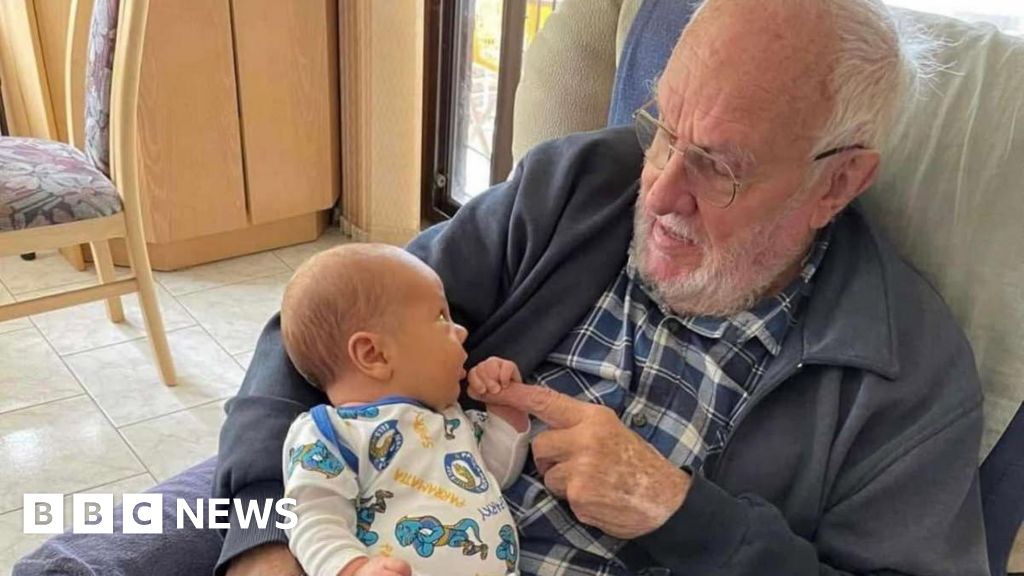

 English (US) ·
English (US) ·